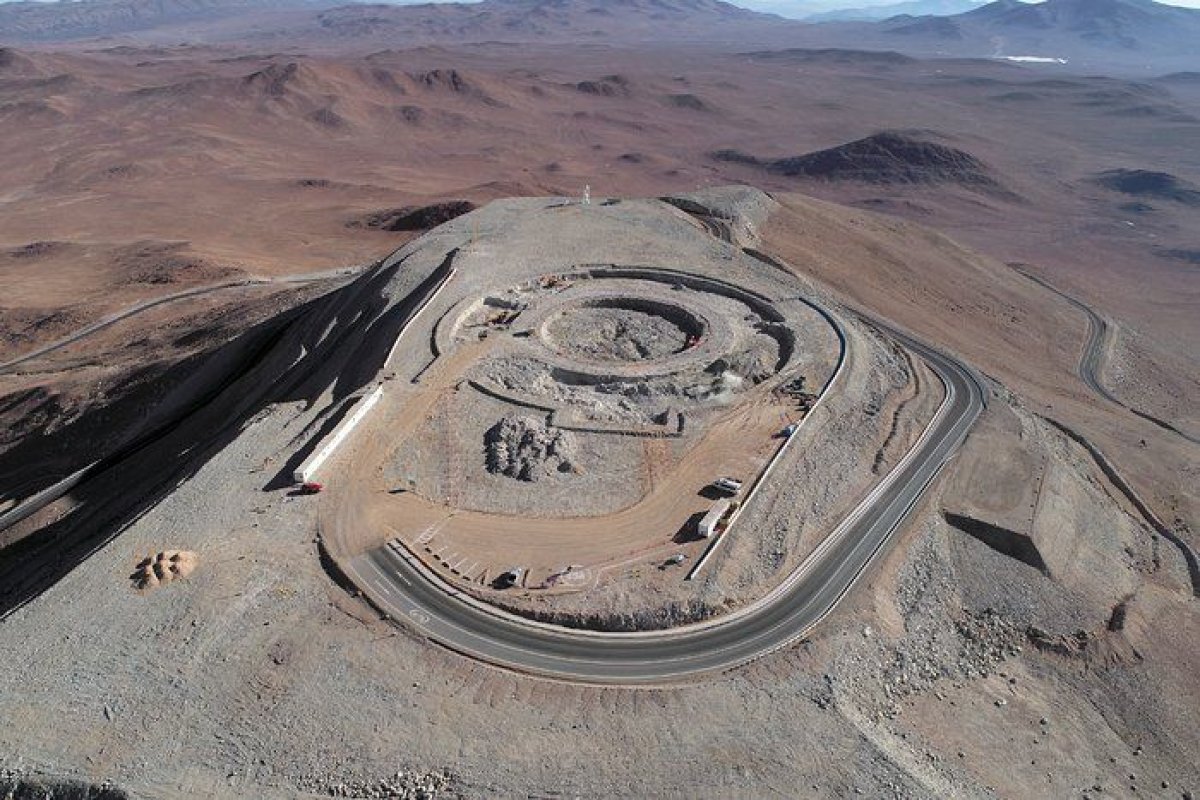It's being called "the world's biggest eye on the sky."
Scientists are building the world's largest optical reflecting telescope in Chile, a tool so powerful it will enable man to study ancient galaxies and exoplanets potentially capable of housing alien life. Construction of the telescope, fittingly named the Extremely Large Telescope, is set to be complete in 2024.
The telescope's construction was commissioned by the European Southern Observatory, which has three observing sites in the Atacama Desert region of Chile and is based in Garching, Germany. The European Southern Observatory has called its latest project the largest optical/near-infrared telescope in the world, or "the world's biggest eye on the sky."
The Extremely Large Telescope is set to be even more powerful than its predecessor, the Very Large Telescope. Like the Very Large Telescope, the new telescope is an optical reflecting telescope, meaning that it uses a mirror to collect light and form an image.
Related: Alien-Hunting Breakthrough Listen Launches New Survey Of Millions Of Stars
Construction began in 2017. The primary mirror of the telescope will be 130 feet wide, and will consist of 798 hexagonal mirror segments, each 14 feet wide, Popular Mechanics reported this week. The telescope will be housed in a 262-foot dome and is situated in a circular pit with a diameter of 180 feet. The telescope is being constructed on the Cerro Armazones mountain in the Atacama Desert in Chile.
"With the symbolic start of this construction work, we are building more than a telescope here: it is one of the greatest expressions of scientific and technological capabilities and of the extraordinary potential of international cooperation," Chilean President Michelle Bachelet Jeria said last year in a statement.
The location was chosen because the arid air means there is less atmospheric refraction, which could interfere with the telescopes viewing ability. The remote site was also selected because it is removed from any nearby light pollution, Telesur reported.

Related: NASA's New Telescope Won't Be Able To Tell How Likely Alien Life Is On New Telescopes--This Is Why
An optical reflecting telescope works by using a mirror to reflect incoming light. The image is formed by a reflection from a curved mirror, which is then magnified by a second mirror.
The Extremely Large Telescope will be situated near the Very Large Telescope to maximize effectiveness. Such telescopes, along with NASA's TESS space telescope, aim to expand man's understanding of the universe, and perhaps bring us closer to finding life elsewhere.
Uncommon Knowledge
Newsweek is committed to challenging conventional wisdom and finding connections in the search for common ground.
Newsweek is committed to challenging conventional wisdom and finding connections in the search for common ground.
About the writer
To read how Newsweek uses AI as a newsroom tool, Click here.








